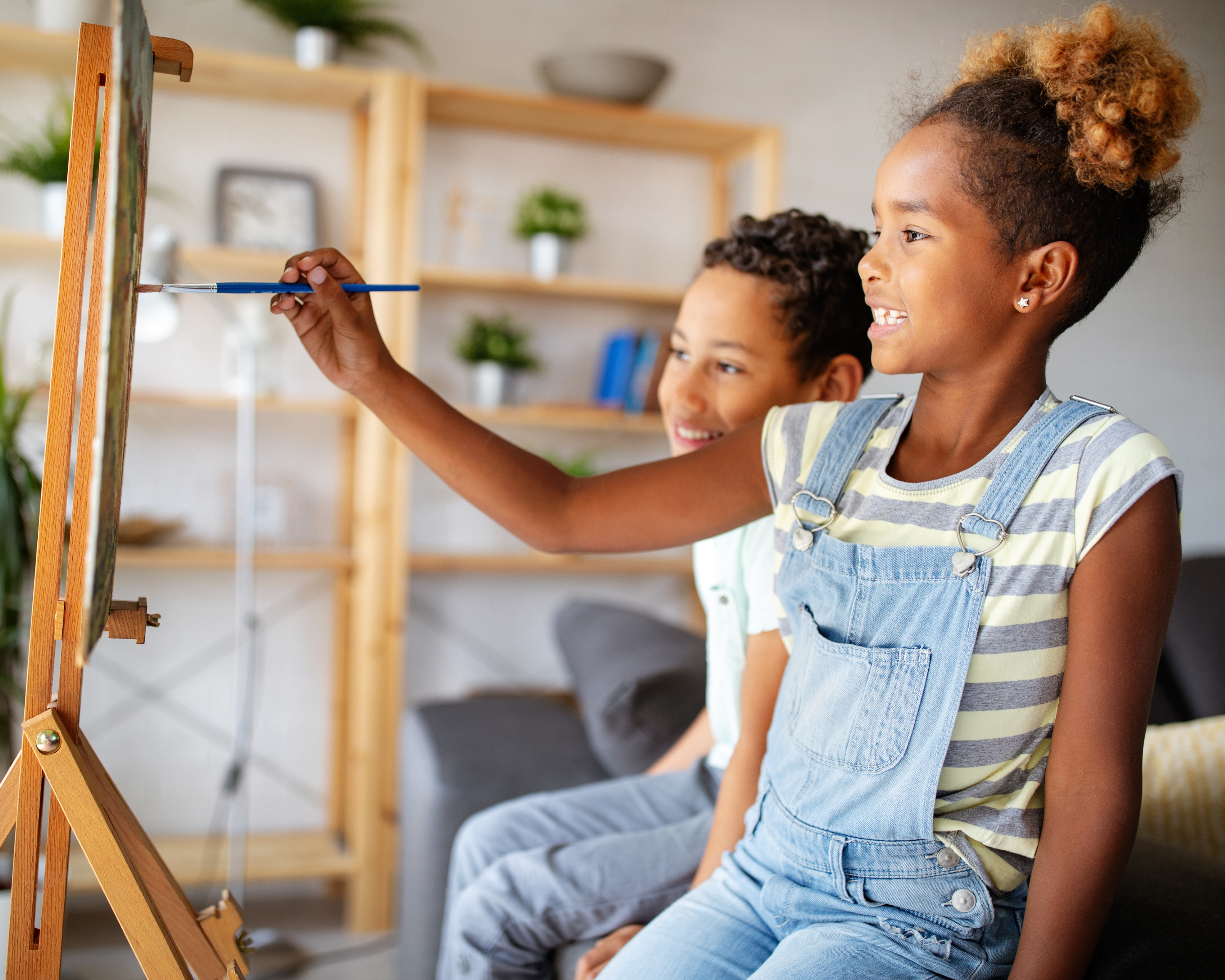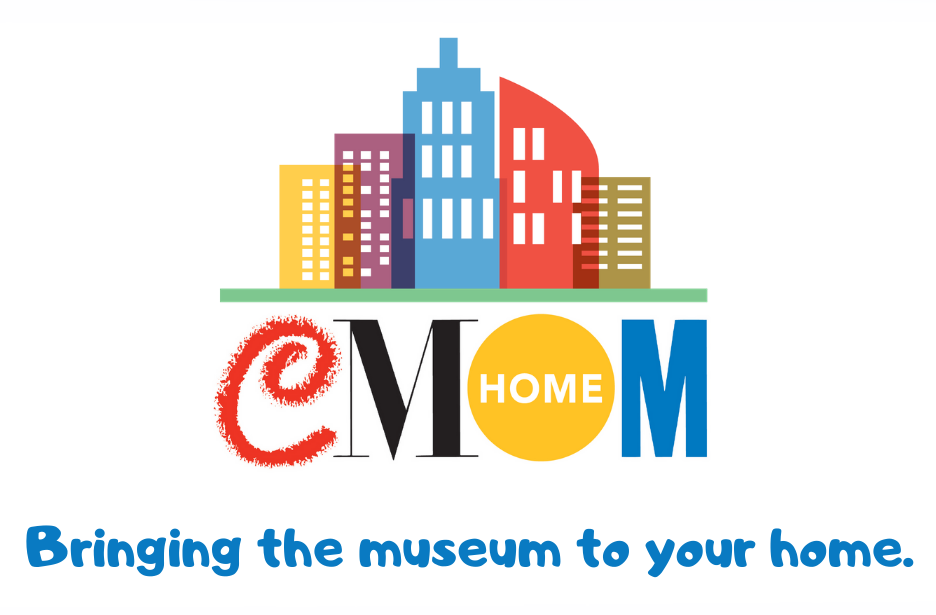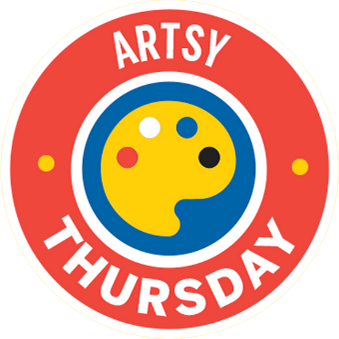Learn Together
Discovering the process behind a work of art and replicating the process, helps children develop critical thinking skills and motivates them to ask questions and experiment.
Materials
- Eggs
- Small bowls
- Spoons
- Pencil
- Food coloring
- Cardboard or heavyweight paper
- Paintbrushes

Make Together
Jacob Lawrence was an American artist best known for sharing the story of Black life in America through his paintings. Let’s look closer at three of his artworks.
Christmas in Harlem, 1937
Jacob Lawrence (1917–2000)
tempera on paper
16 x 13 inches / 40.6 x 33 cm sheet size
13 3/4 x 9 3/8 inches / 34.9 x 23.8 cm sight size
signed
Collection Line: Michael Rosenfeld Gallery LLC, New York, NY
Credit Line: © Jacob and Gwendolyn Lawrence Foundation; Courtesy of Michael Rosenfeld Gallery LLC, New York, NY
Rain, 1938
Jacob Lawrence (1917–2000)
tempera on board
28 1/8 x 20 1/16 inches / 71.4 x 51 cm sheet size
24 3/8 x 18 3/8 inches / 61.9 x 46.7 cm sight size
signed
Collection Line: Michael Rosenfeld Gallery LLC, New York, NY
Credit Line: © Jacob and Gwendolyn Lawrence Foundation; Courtesy of Michael Rosenfeld Gallery LLC, New York, NY
Meat Market, 1964
Jacob Lawrence (1917–2000)
tempera and gouache on paper
30 1/4 x 22 3/4 inches / 76.8 x 57.8 cm
signed
Collection Line: Michael Rosenfeld Gallery LLC, New York, NY
Credit Line: © Jacob and Gwendolyn Lawrence Foundation; Courtesy of Michael Rosenfeld Gallery LLC, New York, NY
Images courtesy of Michael Rosenfeld Gallery.
Lawrence made his own tempera paint which he used on paper board. Paint is made using something that keeps the color together called a binding agent. Lawrence would mix pigments, a colored powder, and casein — a material that comes from milk — to make his own tempera.
Our tempera will use egg yolk with a few drops of food coloring!
- Take an egg and crack it, separating the egg yolk from the white.
- Place the egg yolk into the small bowl and set the whites aside.
In his painting collection the Migration Series (1940–41), Lawrence said, “I went through all the panels painting yellows, greens, blues, so they’re all the same. I didn’t mix color”.
- Think up which colors to use. See which colors you can mix to make a new color.
- Add in a few drops of food coloring and mix well with a spoon.
- What happens when you mix two things together? How does it look?
- Once the color is mixed well with the yolk you are ready to paint. Make as many different colors from each of your food coloring colors and by mixing them to create new colors.
Find inspiration from the art of Jacob Lawrence! Lawrence would sketch images and scenes with a pencil first then fill in his sketches with his limited range of colors, using one color at a time.
- First, draw out the image you would like to paint lightly with a pencil onto cardboard or heavyweight paper like cardstock.
- Figure out which color you will use to fill in each area of your drawings and paint one color at a time.
Did you know this paint can also be used to decorate cookies? Use the paint on sugar cookies before you bake them to create your own edible masterpiece!
Learn more about The Great Migration featured in Jacob Lawrence’s paintings.

